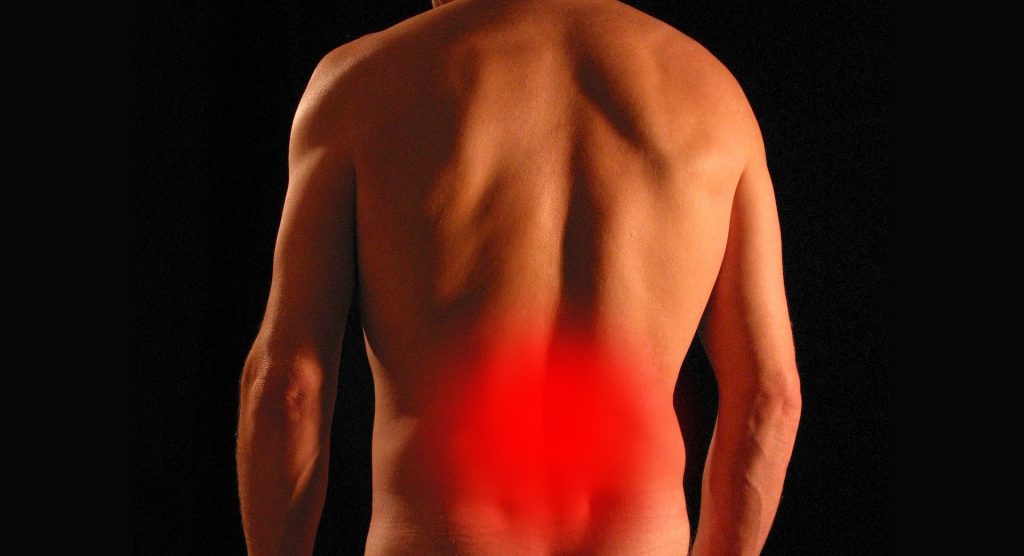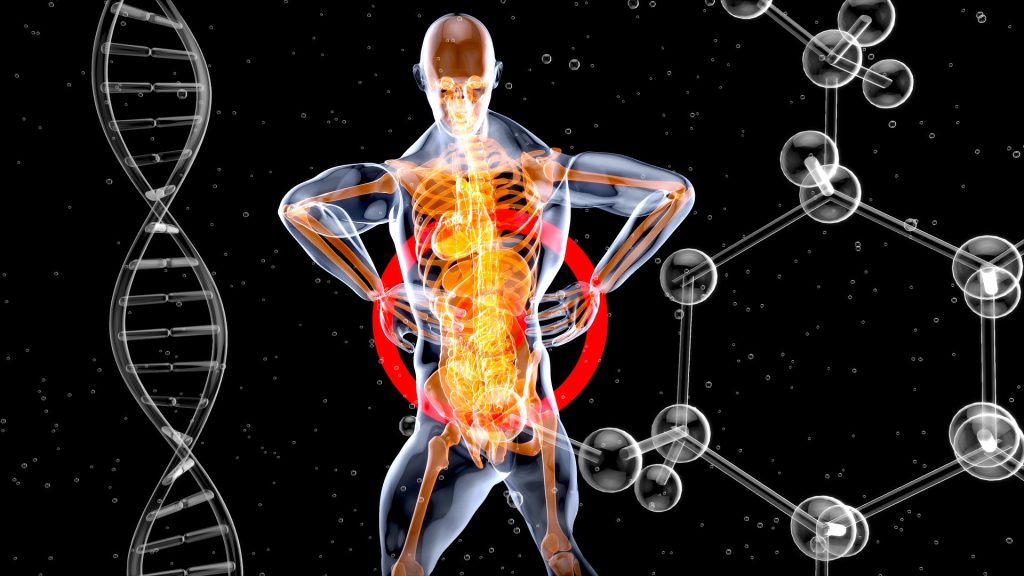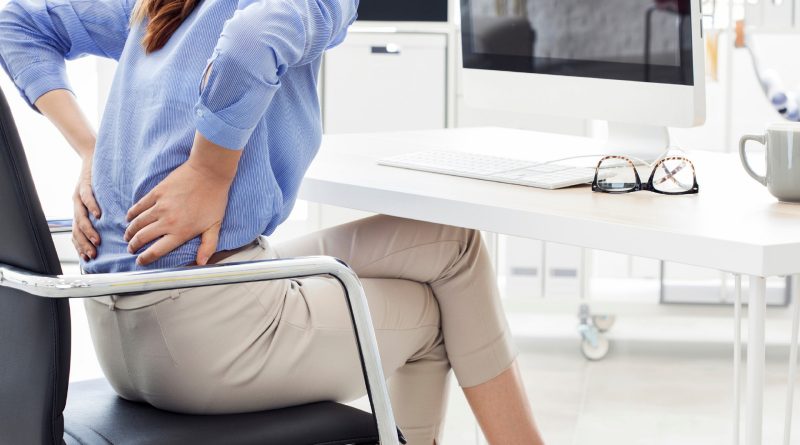Lower Back Pain: Symptoms, Causes, and Treatment to Get Rid
What is Lower Back Pain?
Several conditions can cause lower back pain, including arthritis, degenerative disk disease, spinal stenosis, herniated disc, and spondylolisthesis. Depending on the specific cause of the pain, your doctor may recommend a treatment program.
Low back pain is a common problem. It is one of the leading causes of missed work in the U.S. It can interfere with daily activities, and it can limit your ability to participate in sports.
Back pain can come on suddenly, and it can also last for many months. When it comes to treating back pain, there are some simple ways to alleviate it. In addition to relying on medications, you can also try exercise and gentle back stretches.
If your pain does not go away after a couple of days, you should visit your doctor. Your doctor can order diagnostic tests that will help diagnose the underlying cause. You will then be able to develop a treatment plan to reduce the pain and prevent it from interfering with your daily activities.
If the symptoms of low back pain continue to worsen, you may need to visit a spine specialist. These experts will perform a physical exam and run imaging scans.
A spine specialist will then design a treatment plan for your lower back pain. This will involve a combination of physical therapy, pain medications, and possibly epidural injections. You may be referred to an orthopedic surgeon for more intensive treatments.
Lower back pain can also occur during pregnancy. This is because the center of gravity shifts. This shift can cause problems with your spine, including spondylolisthesis, kyphosis, and compression fractures.
.
Causes of Lower Back Pain

Lower back pain is a common complaint and can affect you at any time of the day. Fortunately, there are ways to alleviate the pain and get back to living your life. However, the causes of lower back pain are different for each person. You may have a specific problem with your spinal column problem or suffer from a condition affecting the SI joint, bladder, and stomach.
Osteoarthritis
Several types of osteoarthritis (OA) can cause lower back pain. Most cases of OA are caused by age-related wear and tear. Symptoms often appear gradually.
OA can affect any joint in the body, but the spine is one of the most common targets. The cartilage that covers the ends of bones is worn away. This causes friction between the bones and stiffness.
A physical examination can help detect OA of the spine. Imaging tests can also be used to check for bone spurs in the spine. If these are present, a corticosteroid injection may be able to reduce inflammation. This can relieve pain for weeks or months.
If the pain is severe, surgery may be recommended. However, OA of the spine usually responds to over-the-counter medications and physical therapy.
Spinal stenosis
Symptoms of spinal stenosis vary from person to person, but the condition generally affects people over the age of 50. It can cause pain, weakness, and bladder and bowel control loss. Call your doctor immediately if you are experiencing any of these symptoms.
You can slow the process of spinal stenosis by following a healthy lifestyle. Eating a healthy diet, maintaining a healthy weight, and avoiding smoking may help slow the progression of the condition. You can also try exercising regularly, improving your flexibility and reducing your pain. You can also consult with your doctor for a physical therapy plan that is individualized to your needs.
If you are diagnosed with spinal stenosis, your healthcare provider will recommend the best treatment for you. You may be able to improve your condition with conservative treatments, such as physical therapy and pain-relieving medications. However, if your stenosis is severe, you may require surgery.
Spondylolisthesis
Generally, spondylolisthesis is a condition in which one or more vertebrae slip forward of the other. It is most common in the lower back and may be caused by trauma, degeneration, or a congenital defect. It is not dangerous in most cases, but it can cause a lot of pain and permanent damage if not treated.
There are several different types of treatment for spondylolisthesis, depending on the severity of the condition. Nonsurgical treatments are often effective and can help relieve some of the pain. However, they should be used carefully to avoid causing dependence or other problems. Surgery is only needed if nonsurgical treatments fail.
X-rays can be used to diagnose spondylolisthesis, and they can show if a vertebra has slipped out of place. Imaging tests can also be used to look for nerves in the spinal cord that are being compressed. If a slipped vertebra puts pressure on a nerve, it may be necessary to perform a surgical procedure to remove the pressure.
SI joint dysfunction
Symptoms of SI joint dysfunction include lower back pain, leg weakness, and tingling. If you’re experiencing this type of pain, you can find relief by working with a clinician.
Your doctor may perform a physical exam and ask questions about your medical history and your symptoms. He may also conduct a nerve block to help diagnose your condition. He might also order x-rays of your pelvis or spine. If necessary, he may take a CT scan.
An orthotic brace can be useful when your SI joint is inflamed. It can be worn while standing or working. As your discomfort lessens, you can remove the brace. Using an ice pack can also help reduce pain. It can be applied for 15-20 minutes at a time.
Stomach or bladder problems
Often, lower back pain is caused by problems with the internal organs of the abdomen. These organs include the kidneys, bladder and bowel. These organs work together to filter blood and release waste products through urine.
When you are experiencing back pain, it can be difficult to determine the cause. Your doctor may perform tests to find out the exact cause. A urinalysis can be performed to see if there are any abnormalities in your urine. Having an abdominal exam can be helpful as well. A blood test can also reveal any abnormalities.
Acute back pain can come on quickly and can last from days to weeks. It may be a dull pain or a sharp, piercing pain. Your doctor may prescribe medications or over-the-counter pain relievers to help ease the discomfort.
Treatment of Lower Back Pain

Whether you are suffering from lower back pain from an accident or a chronic condition, various treatments can help. These treatments include massage, TENS, NSAIDs, and exercise.
Exercise
Several studies have shown that exercise effectively reduces the intensity of lower back pain. It also helps to increase your endurance. Depending on the cause of your back pain, you should try different exercises to determine the best one for you.
A physical therapist can help you develop an individualized exercise routine. They can recommend exercises that address the root causes of your back pain and teach you the correct form for each.
The most important thing to remember when exercising is to start gently. A gradual return to normal activities is the most effective way to get short-term results.
NSAIDs
NSAIDs (nonsteroidal anti-inflammatory drugs) are widely used for the treatment of low back pain. They work by targeting the inflammatory response that is produced by the immune system. Although these drugs are effective, they do not always provide permanent relief.
A new study from the U.K. found that NSAIDs are safe and effective for the short-term treatment of acute low back pain. The study involved experiments with mice and examined the role of inflammation in preventing chronic pain. The results showed that NSAIDs do not increase the risk of chronic back pain.
TENS
Using TENS for the treatment of lower back pain can be a safe and effective way to relieve your symptoms. But it is important to follow the manufacturer’s instructions closely to get the most benefit. TENS uses small electrical pulses that stimulate nerve cells and encourage the flow of blood, which speeds up healing.
TENS machines are available over the counter as well as in prescription. Some of them come with pre-sets, while others allow you to customize your settings. Some allow you to choose the intensity, pulse length, and frequency. You can also adjust the current volume, speed, and pattern.
Disc herniation
Disc herniation is one of the most common causes of back pain. Symptoms can vary depending on the location of the herniation. For example, a herniated disk in the lower back can cause pain down the leg. This pain may be accompanied by numbness or burning.
Most patients recover from herniated disks with conservative nonsurgical treatment. This treatment can include rest and pain medication. It can also involve physical therapy. These exercises help to restore strength and flexibility to the muscles and spine. It can also teach patients to improve their posture.
Muscle strain
Depending on the severity of your muscle strain, your doctor may prescribe medication or suggest a long-term exercise program. These techniques are designed to help you reduce your pain and avoid future injury episodes.
Using ice or cold packs can reduce pain and swelling in lower back muscles. It’s important to remember to apply ice for at least 15 minutes. This will also increase circulation, which can help you heal.
Heat can also be helpful. It can stimulate blood flow and relieve tension in strained muscles. A heating pad, hot water bottle, or electric heating pad can be used to provide heat.
Osteoporosis
Symptoms of osteoporosis are often not evident until a bone breaks. This is why it is important to see a healthcare provider that is knowledgeable about osteoporosis if you are experiencing back pain. Your doctor may also prescribe medication to help alleviate your pain.
A bone mineral density test or DXA scan is an effective way to measure the density of your bones. This test is non-invasive and uses small amounts of radiation to determine your bone density. The test can determine whether you are at risk for future fractures.
Your healthcare professional may recommend a treatment plan that includes a combination of medicine, nutritional guidance, and exercise. This can help you strengthen your bones and slow down the loss of bone.
Fibromyalgia
Those suffering from fibromyalgia often experience back pain. The intensity of this pain can vary from person to person. However, there are some things you can do to help ease your symptoms.
Massage therapy is one option. Incorporating a daily massage may be beneficial. This is because massage moves the body’s muscles and soft tissues. It can also relieve stress.
Exercise is also a great way to relieve fibromyalgia back pain. A good warm-up and cool-down is recommended, along with stretching. You can also try yoga or tai chi, which is a combination of meditation and slow movements.
If you are passionate about writing about Health topics. you can search “Write for Us Health” in search engines. We’ll welcome you to write for us.

